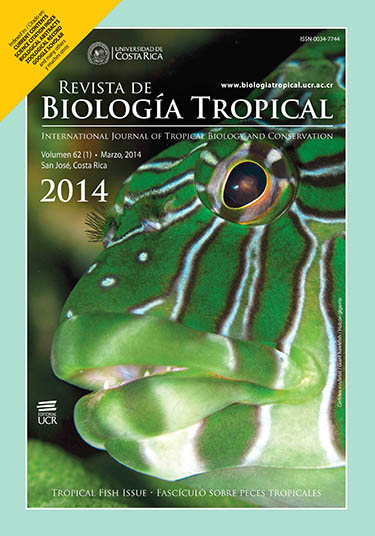Abstract
Adenocarpus complicatus is distributed throughout the Anatolian peninsula and is widely used for human and animal nutrition. The purpose of this work was to study the antioxidant properties and fatty acid composition of different parts of this plant (fruits and mixed materials). The species was collected from Golyuzu village of the Seydisehir district near Konya province, Turkey. Fruit and mixed parts obtained from this species were ground and a 15g sample was used to prepare methanolic extracts. Powdered plant samples were extracted with 100mL methanol in a mechanical shaker. The obtained extracts were filtered and concentrated to dryness under reduced pressure and were subsequently stored at -20°C. Antioxidant components, namely total phenolic and flavonoid content, were detected for each extract using spectrophotometric methods. Antioxidant capacity was evaluated by various assays including phosphomolybdenum, DPPH free radical scavenging capacity, metal chelating activity, and ferric and cupric ion reducing power. The fatty acid profiles of plant parts were also determined by using gas chromatography. The total phenolic content of fruit (36.21mgGAE/g) was higher than that of mixed materials (13.79mgGAE/g). The methanolic extract of mixed material had higher amounts of flavonoid than fruit extract. The free radical scavenging activity of extracts was expressed as IC50 value (µg/mL) (amount required to inhibit DPPH radical formation by 50%). The lower IC50 value reflects better free radical scavenging action. The radical scavenging activity of the samples was compared with BHT, it showed the mixed material to be almost two times more potent than the fruit extract. However, BHT is an excellent free radical scavenger with an IC50 of 34.061µg/mL. The ferric and cupric reducing power potentials of the extracts were expressed as EC50 value (the effective concentration at which the absorbance was 0.5). Fruit extract exhibited strong ferric reducing power with an EC50 of 871.25µg/mL. The metal chelating activity of the extracts increased with concentration. Chelating effect was 83.60% for fruit extract at 1mg/mL concentration. Oil content of fruit and mixed parts were detected as 6.71 and 6.14%, respectively. A total of 32 fatty acids were found in the oil. Essential fatty acids (linoleic and α-linolenic acid) were identified as the most abundant fatty acids in the oil. These results demonstrated that this plant species can be considered as an alternative to synthetic antioxidants. Likewise, the oil obtained from the plant can be used as a source of essential fatty acids for food and pharmacological applications.##plugins.facebook.comentarios##
Downloads
Download data is not yet available.


